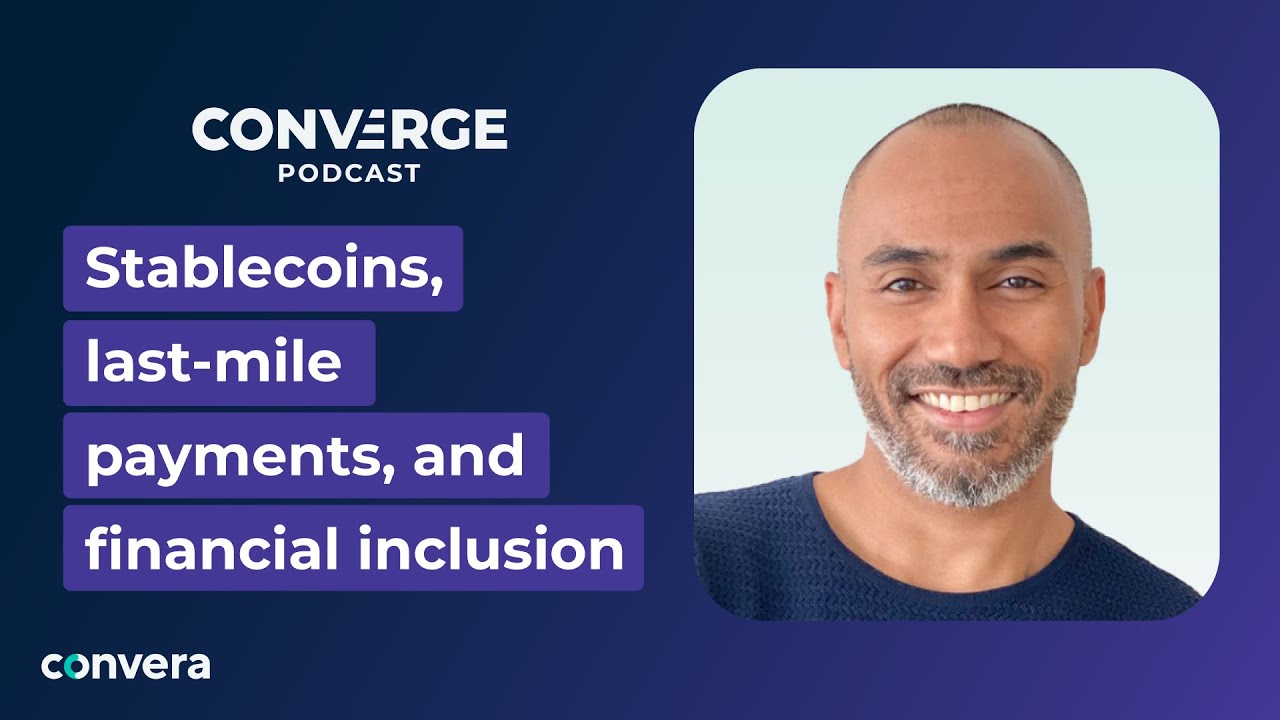Blockchain is a special type of technology that helps people safely and easily send money or share information. It is changing the way people in underserved communities can access financial services. Many people in these communities do not have banks nearby or can’t use them for different reasons. Blockchain can help by giving them more opportunities to manage their money.
One of the main benefits of blockchain is that it can lower the cost of transactions. Traditional banks charge fees for sending or receiving money, but with blockchain, these fees are often much smaller. This means that people can keep more of their money instead of giving it to banks.
Another advantage is that blockchain is open and transparent. This means everyone can see what happens with the money, making it harder for cheating or fraud to happen. People can trust that their money is safe and that they are treated fairly.
Also, blockchain can help people without bank accounts to get access to loans and other financial products. By using digital currencies and other blockchain solutions, anyone with a phone can get financial help. This is really important for families and small businesses trying to grow and succeed.
In summary, blockchain is a powerful tool that is making it easier for people in underserved communities to access money and financial services. It cuts costs, increases trust, and opens up new opportunities for everyone.
Glossary:
Blockchain: A digital ledger that records transactions securely.
Financial inclusion: Making sure everyone has access to financial services.
Underserved communities: Groups of people who don’t have the same access to banks and financial help as others.
Digital currency: Money that exists only online and can be used for transactions.
Transparency: The quality of being clear and open about processes.
Understanding Financial Inclusion
Financial inclusion refers to the access and availability of financial services to all individuals, especially those in underserved communities. These communities often lack access to basic banking services, loans, and insurance. In simple terms, financial inclusion means that everyone should have the opportunity to save, invest, and borrow money easily.
The Role of Blockchain
Blockchain technology is a decentralized digital ledger that records transactions across many computers. This technology helps ensure that the data is secure and cannot be altered retroactively. Here’s how blockchain is enhancing financial inclusion:
1. Lowering Transaction Costs
Traditional banking systems often charge high fees for transactions, especially for cross-border payments. With blockchain, these costs are significantly reduced. This is particularly beneficial for people in underserved communities who often have lower incomes.
2. Providing Secure Access to Financial Services
Blockchain offers a secure platform for online transactions, allowing individuals to access financial services without the fear of fraud or theft. This security encourages more people to participate in the financial system.
3. Enabling Microloans
Many people in underserved communities need small loans to start businesses or cover emergencies. Blockchain can facilitate microloans, which are small amounts of money lent at low interest rates. This can help individuals improve their financial situation and promote entrepreneurship.
4. Identity Verification
Many people lack formal identification, making it difficult for them to access bank accounts or loans. Blockchain technology can provide secure digital identities, allowing more individuals to prove who they are and access financial services.
5. Facilitating Remittances
Many individuals in underserved communities rely on remittances from family members working abroad. Blockchain enables faster and cheaper remittance transfers compared to traditional methods, ensuring that more of the money reaches the intended recipients.
Real-World Examples
Several projects around the world demonstrate how blockchain is paving the way for financial inclusion:
- BitPesa: A platform that enables businesses to make cross-border payments in Africa using blockchain technology. This has helped reduce transaction fees significantly.
- Everli: A platform that connects micro-entrepreneurs with loan providers through blockchain, facilitating small loans that help individuals start businesses.
- BanQu: This project helps farmers and suppliers in developing countries create a digital identity and access financial services, leading to increased economic opportunities.
Challenges and Considerations
While blockchain technology offers great potential for financial inclusion, there are challenges to consider:
- Access to Technology: Many underserved communities lack access to smartphones and internet connectivity, essential for engaging with blockchain solutions.
- Regulatory Concerns: Governments may have concerns regarding the regulation of cryptocurrency and blockchain technology, which can hinder adoption.
- Technical Knowledge: Understanding and using blockchain technology may require a level of technical knowledge that not everyone possesses.
“In developing countries, remittances are a vital source of funding for entire communities, and with blockchain, we can ensure that more of this money contributes to financial inclusion.”
Future Potential
The future looks promising for blockchain and financial inclusion. As technology continues to develop, we can expect:
| Increased Access to Financial Services | More individuals in underserved communities can access loans, savings accounts, and insurance. |
| Improved Financial Literacy | Educational programs integrated with blockchain can teach people how to manage finances effectively. |
| Collaboration with Governments | Partnerships between blockchain companies and governments can develop regulatory frameworks enhancing safety and accessibility. |
“Blockchain has the opportunity to bridge the gap of financial exclusion that millions face, particularly in developing regions of the world.”
By understanding and leveraging blockchain technology, we can work towards a more inclusive financial system where everyone has the opportunity to thrive.
What is financial inclusion and why is it important?
Financial inclusion refers to the accessibility and availability of financial services to all individuals, especially those in underserved communities. It is important because it helps to reduce poverty, promotes equality, and fosters economic growth by enabling individuals to access banking, credit, and investment opportunities.
How does blockchain technology enhance financial inclusion?
Blockchain technology enhances financial inclusion by providing a secure, transparent, and decentralized platform for transactions. This eliminates the need for traditional banking infrastructure, making it easier for underserved communities to access financial services without geographical or economic barriers.
What are some applications of blockchain for underserved communities?
Some applications of blockchain for underserved communities include digital wallets for safe storage of funds, peer-to-peer lending platforms that allow individuals to borrow and lend without intermediaries, and remittance services that reduce transaction costs for sending money across borders.
Is blockchain a safe option for financial transactions?
Yes, blockchain is considered a secure option for financial transactions. It uses cryptographic techniques to ensure data integrity and security. Additionally, the decentralized nature of blockchain reduces the risks associated with central points of failure, making it less vulnerable to fraud.
Can blockchain help with identity verification for the unbanked?
Blockchain meets the real-world: Stablecoins, last-mile payments, and financial inclusion
Absolutely. Blockchain can provide a secure and immutable way to establish and verify identities. This is particularly beneficial for individuals without formal identification, enabling them to access financial services that require proof of identity.
What impact does blockchain have on transaction costs?
Blockchain can significantly reduce transaction costs by eliminating intermediaries such as banks and payment processors. This makes financial services more affordable for low-income individuals and small businesses, thus promoting greater participation in the economy.
Are there any challenges to implementing blockchain for financial inclusion?
Yes, there are several challenges, including the need for digital literacy, regulatory frameworks, and access to reliable internet. Overcoming these challenges is essential to ensure that blockchain technology can effectively serve underserved communities.
How can governments and organizations support blockchain initiatives for financial inclusion?
Governments and organizations can support blockchain initiatives by creating favorable regulatory environments, investing in digital infrastructure, and promoting education and training programs. Collaboration with private sector players can also foster innovation and scalability in financial inclusion efforts.




